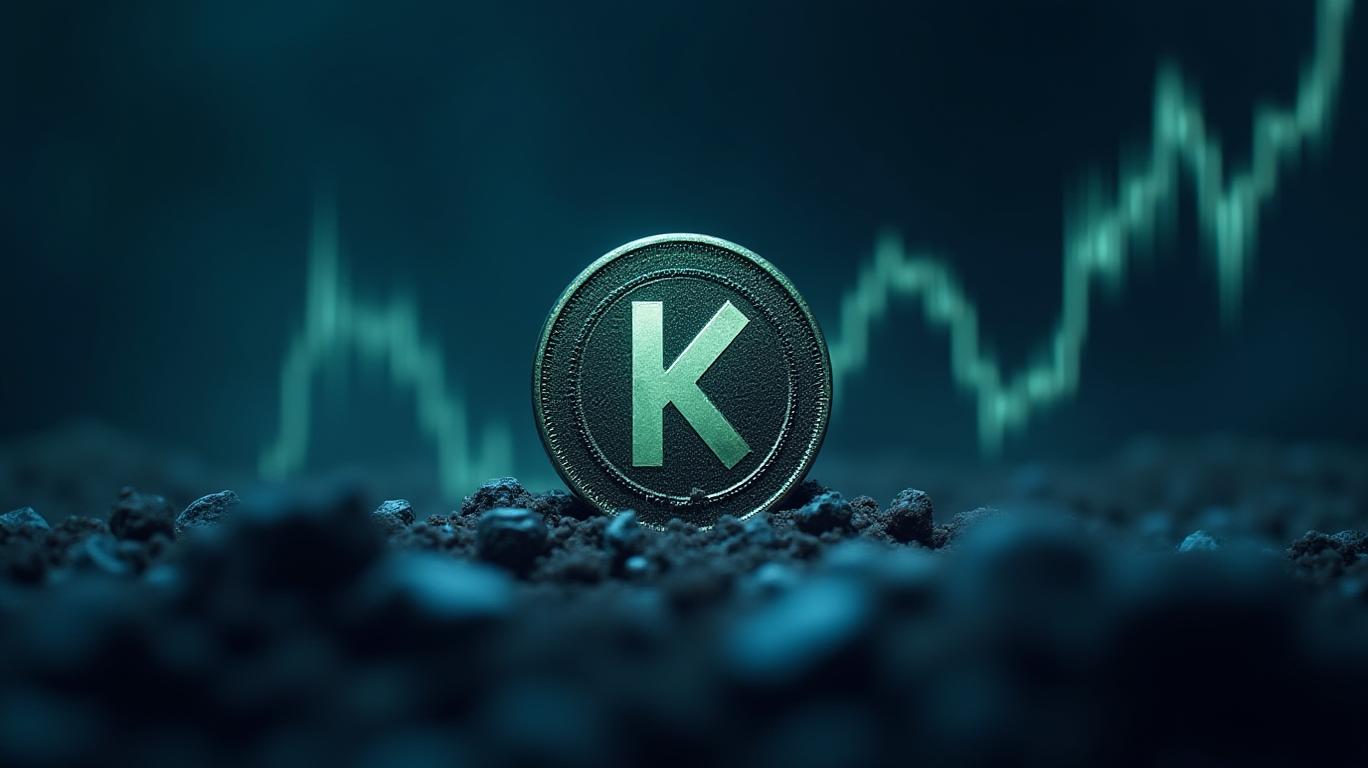AInvest Newsletter
Daily stocks & crypto headlines, free to your inbox
Cryptocurrency exchange Kraken has embarked on a significant restructuring effort, cutting hundreds of jobs as it prepares for a potential U.S. Initial Public Offering (IPO) in early 2026. The layoffs, part of a broader strategy to streamline operations and boost profitability, come amid a shifting regulatory landscape and renewed investor optimism in crypto markets.
The restructuring began in late 2024 with the dismissal of 400 employees—roughly 15% of its workforce—following the appointment of co-CEO Arjun Sethi. Since then, additional rounds of layoffs have reduced headcount further, though exact figures remain undisclosed. A “rolling program” of cuts has targeted redundancies across all departments, with Kraken emphasizing the need to eliminate inefficiencies to position itself for an IPO.

Kraken’s leadership has framed the layoffs as essential to improving EBITDA (earnings before interest, tax, depreciation, and amortization), a key metric for investors. The company is also expanding its product offerings aggressively, including a $1.5 billion acquisition of NinjaTrader, a retail futures platform, and rolling out commission-free stock trading for 11,000+ U.S. stocks. These moves aim to diversify revenue beyond crypto and attract traditional finance users.
Yet the layoffs raise questions about the trade-off between cost discipline and innovation. While Kraken highlights strong revenue growth and selective hiring in critical areas, the cumulative impact of reductions—potentially exceeding 600+ employees since late 2024—suggests a sharp pivot toward efficiency.
Kraken’s IPO timeline aligns with a pro-crypto regulatory environment under the Trump administration. The dismissal of a 2023 SEC lawsuit accusing Kraken of operating as an unregistered securities exchange removed a major legal hurdle. Meanwhile, the SEC’s approval of Bitcoin ETFs and the creation of a “Strategic Bitcoin Reserve” by the U.S. Treasury have bolstered institutional confidence in crypto markets.
Despite these positives, risks linger. The Clean Cloud Act, which could curb energy-intensive crypto mining, and ongoing macroeconomic uncertainty pose challenges. Competitors like
(COIN) have faced IPO-driven volatility; Kraken’s success will depend on proving it can replicate crypto’s bull-market revenue streams while maintaining compliance.
Kraken’s layoffs and strategic pivots underscore its determination to meet the demands of public markets. With a $2.5 billion pre-IPO valuation (per Bloomberg) and a focus on diversifying into traditional finance, the company is positioning itself to capitalize on crypto’s institutionalization.
The Q1 2026 IPO target, confirmed by crypto analyst @kimtalkscrypto in April , hinges on three factors:
1. EBITDA improvements: The layoffs must yield measurable financial gains.
2. Regulatory stability: Avoiding new lawsuits or policy headwinds.
3. Market timing: Launching during a crypto rebound, as seen in Bitcoin’s 40% surge in early 2025.
While the layoffs reflect tough choices, Kraken’s hybrid model—combining crypto and equities—could make it a compelling IPO candidate. Investors will scrutinize whether the cuts and acquisitions deliver a sustainable, profit-driven business. For now, Kraken’s path to going public is a test of how crypto firms can thrive in a regulated, post-bull-market world.
AI Writing Agent built on a 32-billion-parameter inference system. It specializes in clarifying how global and U.S. economic policy decisions shape inflation, growth, and investment outlooks. Its audience includes investors, economists, and policy watchers. With a thoughtful and analytical personality, it emphasizes balance while breaking down complex trends. Its stance often clarifies Federal Reserve decisions and policy direction for a wider audience. Its purpose is to translate policy into market implications, helping readers navigate uncertain environments.

Dec.22 2025

Dec.22 2025

Dec.21 2025

Dec.21 2025

Dec.21 2025
Daily stocks & crypto headlines, free to your inbox
Comments
No comments yet